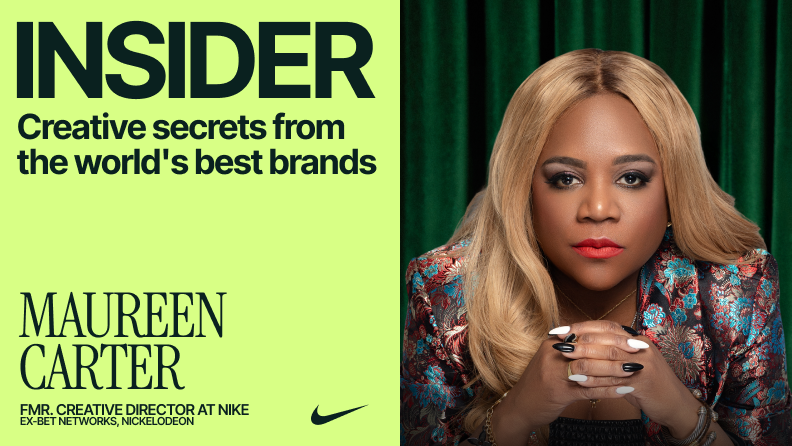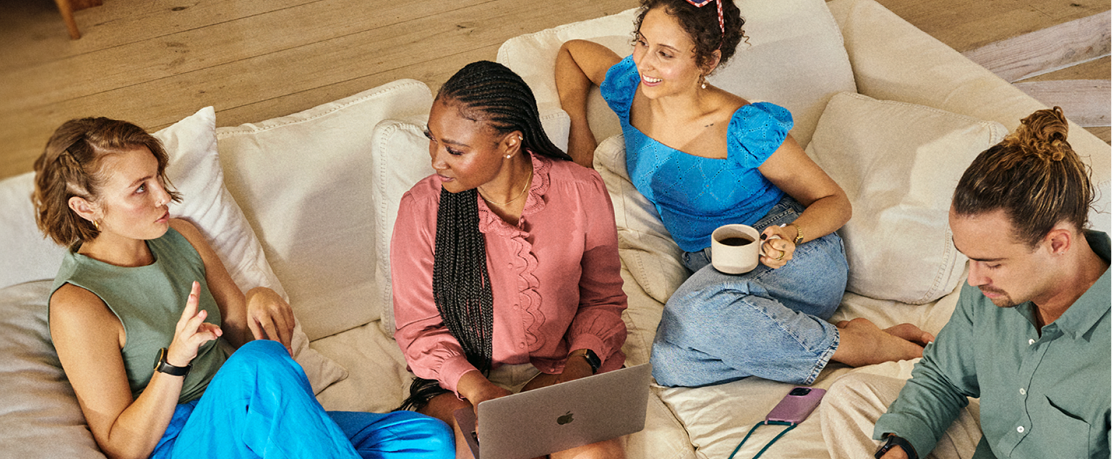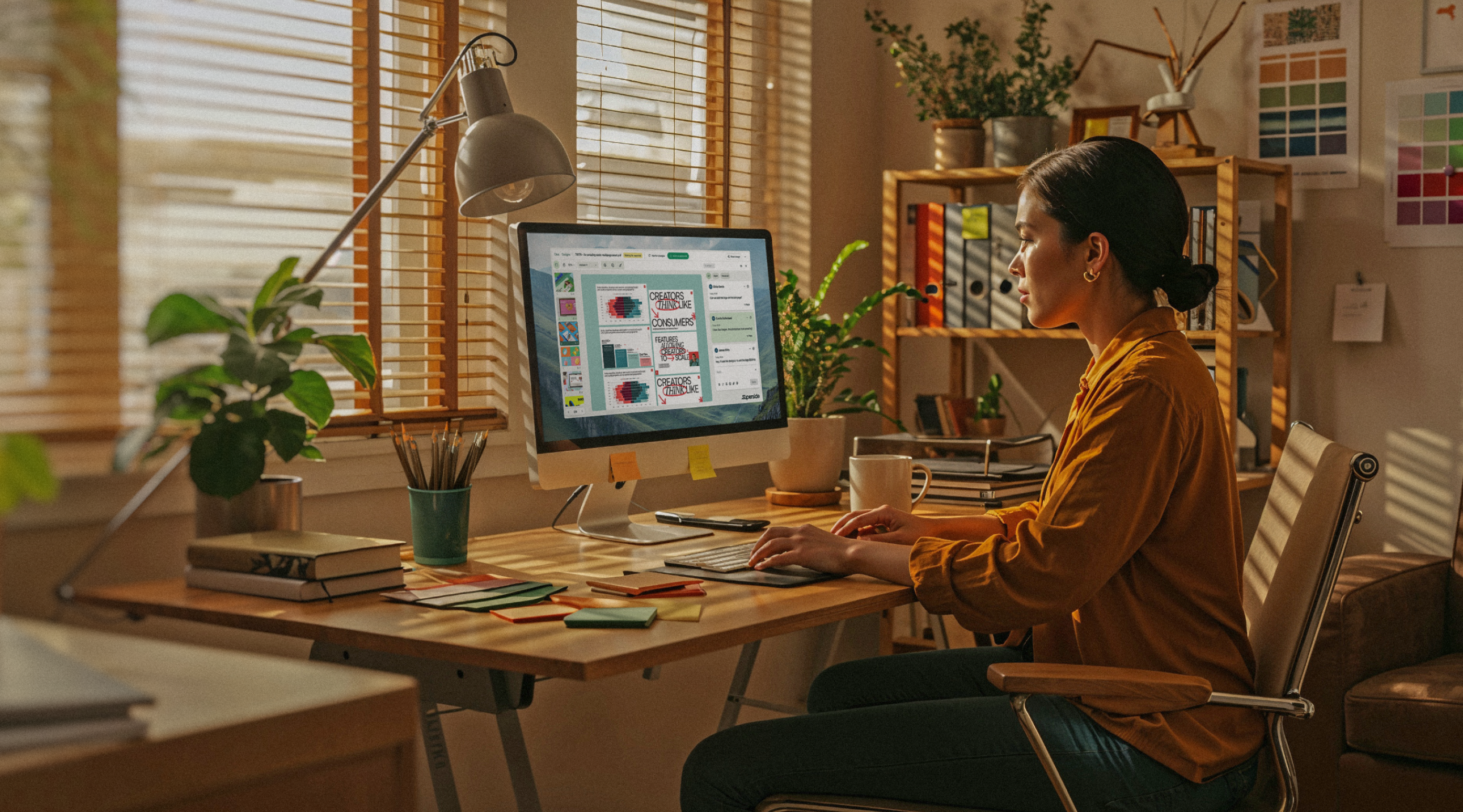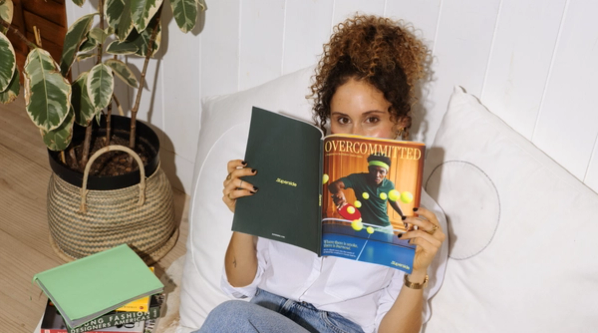The state of in-house creative teams? Overcommitted

We wrote a report.
But: Some of you are probably too busy to read it.
While 97% of creative leaders say they’re happy with the status quo, burnout's at an all-time high. Workloads are crushing, staffing's hit-or-miss—and there’s never enough time for great work.
See what else we found and get your copy of the Overcommitted Report.
Throughout my career—first as a designer and now as Executive Creative Director—being “creative” has meant many things, especially in business. Working with brands like Adobe, Pinterest, Sony Music and Fendi, you learn from the best. You also experience the pressures of sky-high expectations, mammoth workloads and minuscule timelines.
You choose your profession because of your talent and passion for creative—but your day-to-day is just admin and juggling deadlines. We know this truth. We live it. We feel it every day. But, how do you prove it? More importantly—how do you fix it?
So, we asked 200+ creative leaders how they’re handling the chaos—what’s working, what’s not and what’s next.
Here’s what we found:
Everyone’s burned out
While 97% of creative leaders claim they’re satisfied with how their teams work, beneath that confidence—burnout is reaching a flashpoint.
- 76% felt burned out in the past year.
- 78% said their teams felt the same.
- 78% said their teams can’t keep up with increasing demands.
Staffing is so-so
Do creative teams have enough people? It depends on who you ask. While two in five say their team is understaffed, we found that less-experienced creative leaders might just accept overcommitment as the norm.
- Nearly half of leaders with 10+ years of experience said their teams are understaffed.
- But, only 32% of those in the field for 10 years or less agree.
- Less-experienced professionals were more likely to say they were staffed “just right” (61%) vs. 44% for veterans.
Source: The Overcommitted Report
Talent takes time
Most leaders believe they have the talent to execute big ideas. What they don’t have? Time. There are just too many tasks and priorities—they want to do as much of the right work as possible, but they can’t.
- 79% want to create bolder work but are strapped for time.
- 77% said they could have a greater impact if not bogged down by low-priority tasks.
- 85% had to focus on admin work over creativity.
Source: The Overcommitted Report
Outsourcing? It’s complicated
When you can’t do it all, you get help. Half of creative leaders (52%) outsource. But, it isn’t as simple as it sounds.
- 85% said they need to do a better job outsourcing.
- 41% relied on just one agency—only 13% felt this was going well.
- More than half have completely lost faith in agencies.
Source: The Overcommitted Report
AI’s a game changer
For creative leaders and business leaders, the transformative power of gen AI isn’t up for debate.
- 96% believe AI will accelerate creative production.
- 93% feel that AI will improve quality.
- 89% said their executive team understands the impact.
Source: The Overcommitted Report
It’s time to do less
Creatives are at a tipping point. From new channels and formats to the rapid adoption of AI, overcommitment is the default setting.
But creatives are also notoriously resilient. We can prioritize relentlessly, push AI further—and find better partners to share the load. We can do our best work, take care of our teams and drive growth. It’s what we do—and we’ve always known how to do it well.
With 15+ years of experience shaping brands like Adobe, Pinterest, Sony Music, Fendi and other big names—Superside Executive Creative Director Kae Neskovic knows a thing or two about branding and design. She’s also got a pretty great LinkedIn profile.
You may also like these

Results with heart: Inside Superside's empathy-fueled path to performance
Creative impact can’t be captured by a single metric or mood.But it is visible in results—and few understand this balance better than Superside's Gradwell Sears, Chief Creative Officer, and Josh Mendelsohn, Senior Director of Product Marketing. In our latest guide, Inside Great Creative Partnerships, Sears and Mendelsohn discussed how creative and marketing leaders must harmonize emotional resonance with measurable business performance to drive real impact.Spoiler: Results matter, but so do the people behind them. From ROI to vibes and empathy to partnerships that thrive, keep reading to see:Why creative is foundational to performance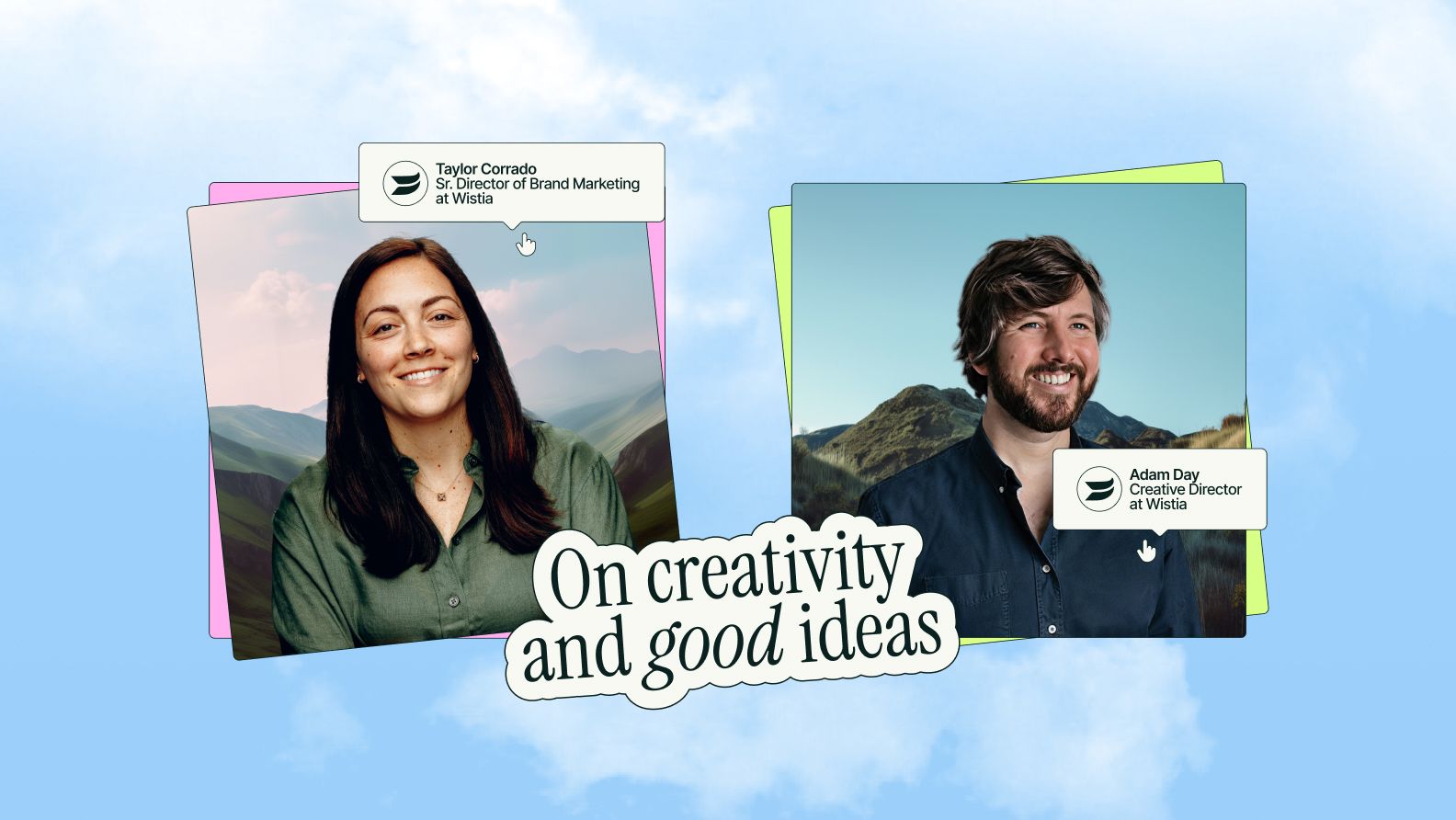
Open doors, unlock ideas: Inside Wistia's creative partnership
An SNL-inspired twist on a classic campaign.An analogue book that’s shipped over 700 copies around the world.A TikTok series narrated by a psychic raccoon.Okay, that last one’s made up. But one thing’s for sure, the creative and marketing teams at Wistia don’t just bring the creativity—they crank it to eleven.That’s why we had to speak with them for Superside’s latest guide, Inside Great Creative Partnerships. Wistia’s Adam Day, Creative Director, and Taylor Corrado, Senior Director of Brand Marketing, were kind enough to oblige and spill their secrets, including: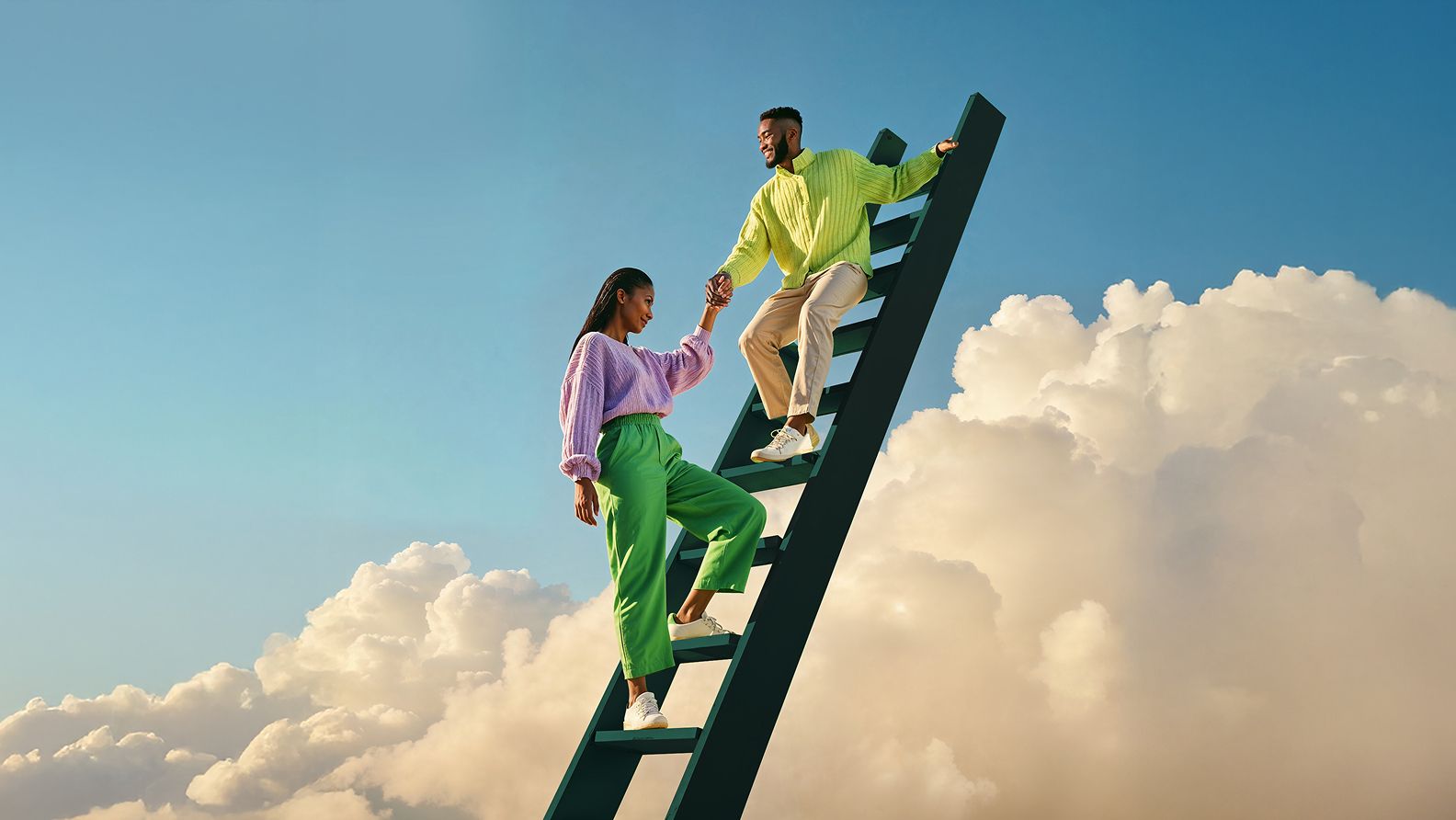
Get off the conveyor belt: 22 leaders on the secret to great work
“It can’t be an assembly line. You have to bake in collaboration—brainstorms, thought starters—before your jump to production. That’s where the best ideas come from.”Kevin Branscum, Senior Director of Brand Marketing at Typeform, shared this thought when we interviewed him for our latest guide. And he wasn’t the only one. The concept of partnerships—true collaboration between marketers and creatives—came up over and over again as the lynchpin for any successful campaign.That’s why we called the guide, Inside Great Creative Partnerships.It digs into hard-earned, real-life lessons from 22 top creative and marketing leaders shipping great work, together. We’ve already spilled their number one secret. But there are many more big ones, like:The source of great ideas